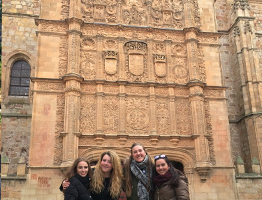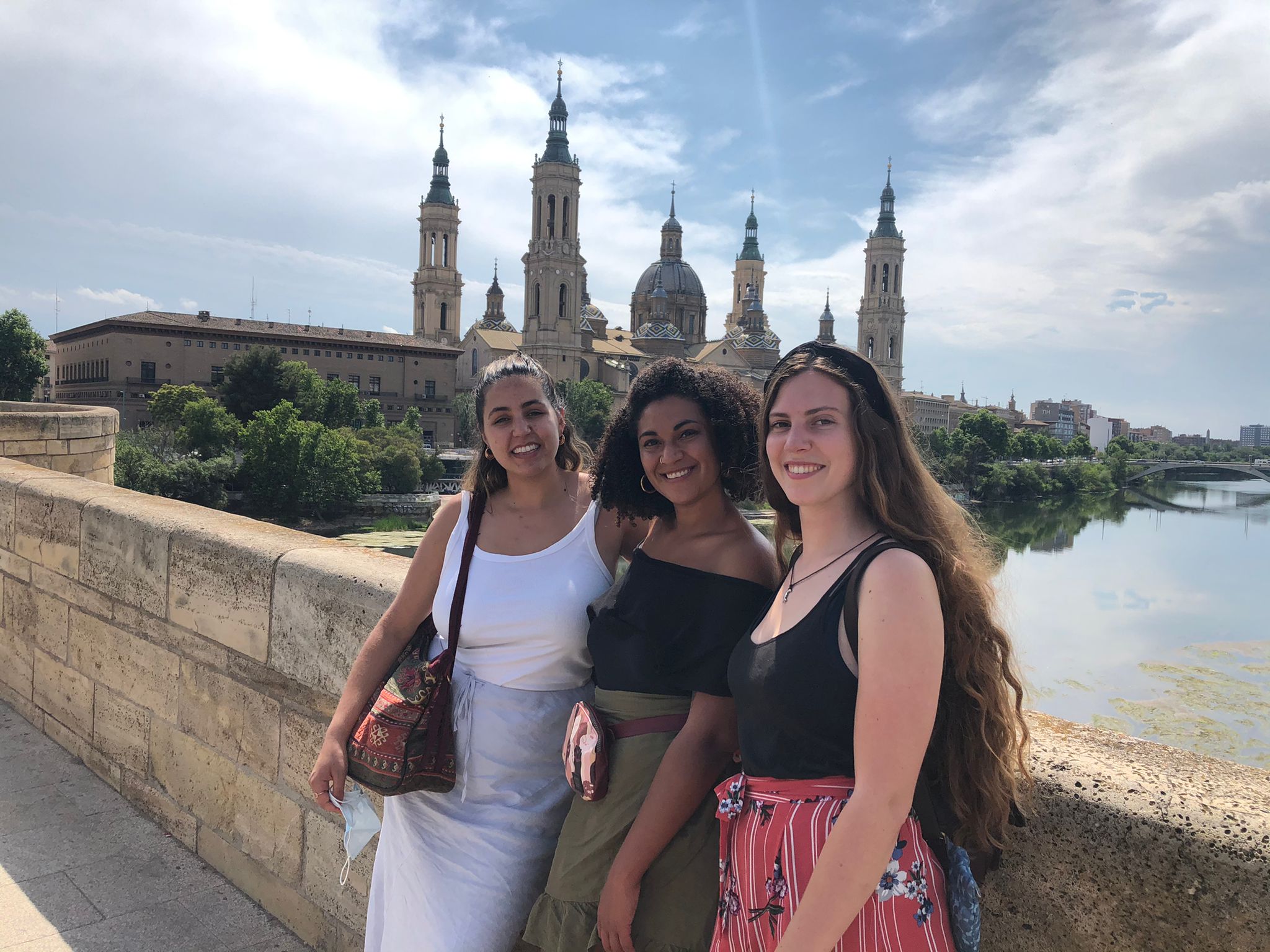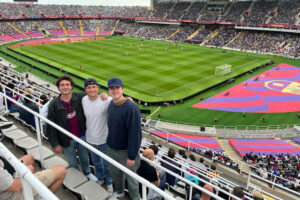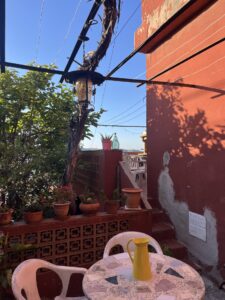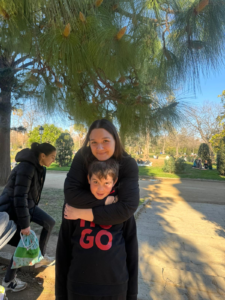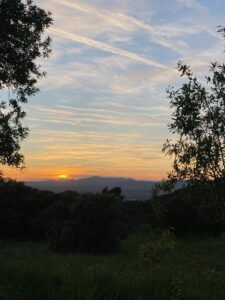Semana Santa, or Holy Week, is a significant religious celebration in many Spanish-speaking countries, marking the final week of Lent leading up to Easter Sunday. Rooted in Christian traditions, it commemorates the passion, death, and resurrection of Jesus Christ.
As we begin the week after Palm Sunday, various events are celebrated in anticipation of Easter Sunday. Palm Sunday commemorates Jesus’ triumphal entry into Jerusalem. Later in the week, Maundy Thursday recalls the Last Supper, Judas’s betrayal, and the institution of the Eucharist. Good Friday symbolizes the crucifixion and death of Jesus. Holy Saturday becomes a day of reflection and anticipation of Christ’s resurrection, which is joyously celebrated tomorrow, on Easter Sunday.

Each day holds its own significance in the journey towards Easter, inviting us to reflect on the events leading to the resurrection of Jesus Christ. Each day holds unique rituals and processions, with elaborate displays of religious art, music, and devotion, bringing communities together in solemn reflection and celebration. Semana Santa is a time of spiritual renewal, deep prayer, and cultural expression, embodying the profound significance of the Easter story.
During Semana Santa, Spain welcomes tourists, processions, drums, various depictions of saints and the Virgin Mary, and an abundance of traditional cuisine. Here, you’ll discover a variety of dishes ranging from chickpea and spinach stews, cod tortillas, torrijas, and an endless array of dishes from various regions. The culinary culture during these celebrations stems from the customs and permitted foods during this sacred period, spanning from Plam Sunday to Easter Sunday. These generally abstain from meat and oppose the abundance displayed during Carnaval. Austerity characterizes Semana Santa’s gastronomy, both in preparation and employed ingredients.

Semana Santa is celebrated in different catholic countries all over the world, such as the Philippines, Italy, Portugal, and many if not all the countries of Latin America. Each country with its own customs, national traditions, and unique way of celebrating the passion of Jesus Christ.
Within Spain, each region has its way of celebrating Semana Santa. As early as Maundy Thursday, in Teruel, you hear the consecutive sound of drums up until midday of Holy Saturday. These are called Los tambores de Calanda and are one of the better-known celebrations in the country. In Verges, alongside the annual procession done on Maundy Thursday, there is the performance of La danza de la muerte (The Death Dance). This consists of 5 dancers dressed as skeletons who dance to the rhythm of a drum. In Galicia, at midday on Good Friday, locals recreate Jesus’ trial before Pontius Pilate and his walk with the wooden cross he was crucified on. Each Comunidad autónoma and smaller region has its own unique way of celebrating this religious occasion and commemorating the sacrifices that were made. Many of you will have the opportunity to live these in real time and we recommend that you do not miss them, as they are a key element in Spanish culture.



